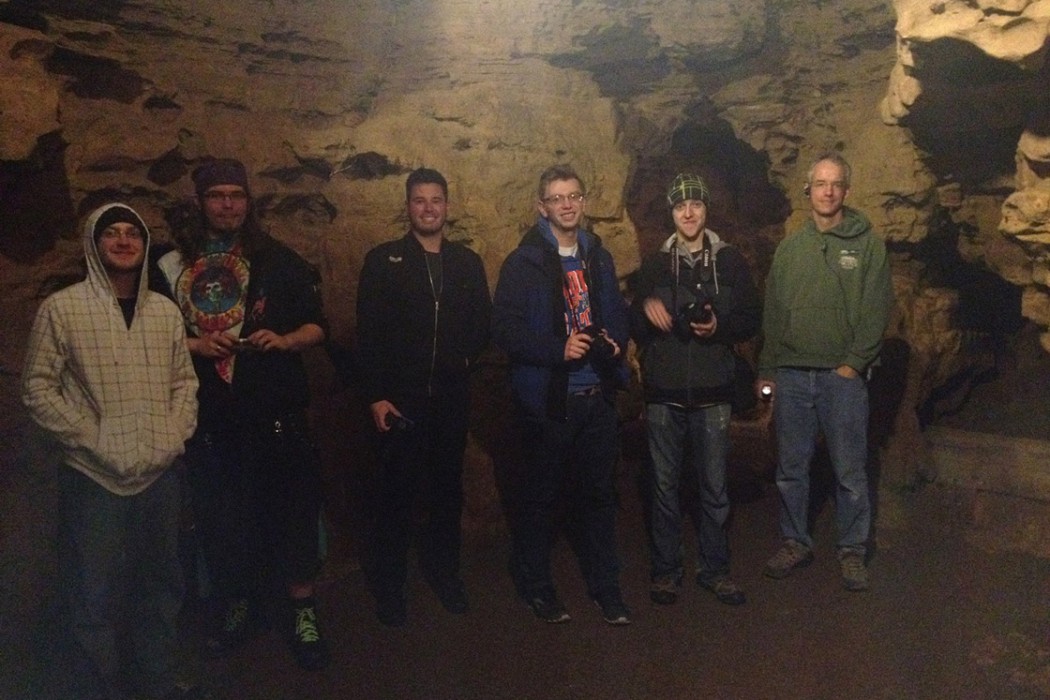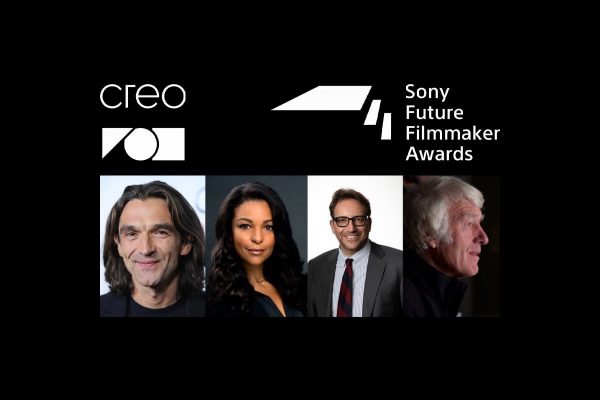A cold deep cave is where we set our scene. Two professors take a handful of film students deep into the earth for experimentations. Each student is asked to play a game, shrouded in mystery, confronting the monsters hidden in the dark and lost inside the ancient caverns.
Nope, it’s not a remake of The Descent or The Cave. This is real life. These are real students. And those professors aren’t cruel or psychotic, they’re actually cool and badass!
Professors from the School of Art and Design at University of Wisconsin-Stout, have devised a semester long, innovative course project that channeled the power of the game Zork, challenged their students whilst using cutting-edge industry technology.
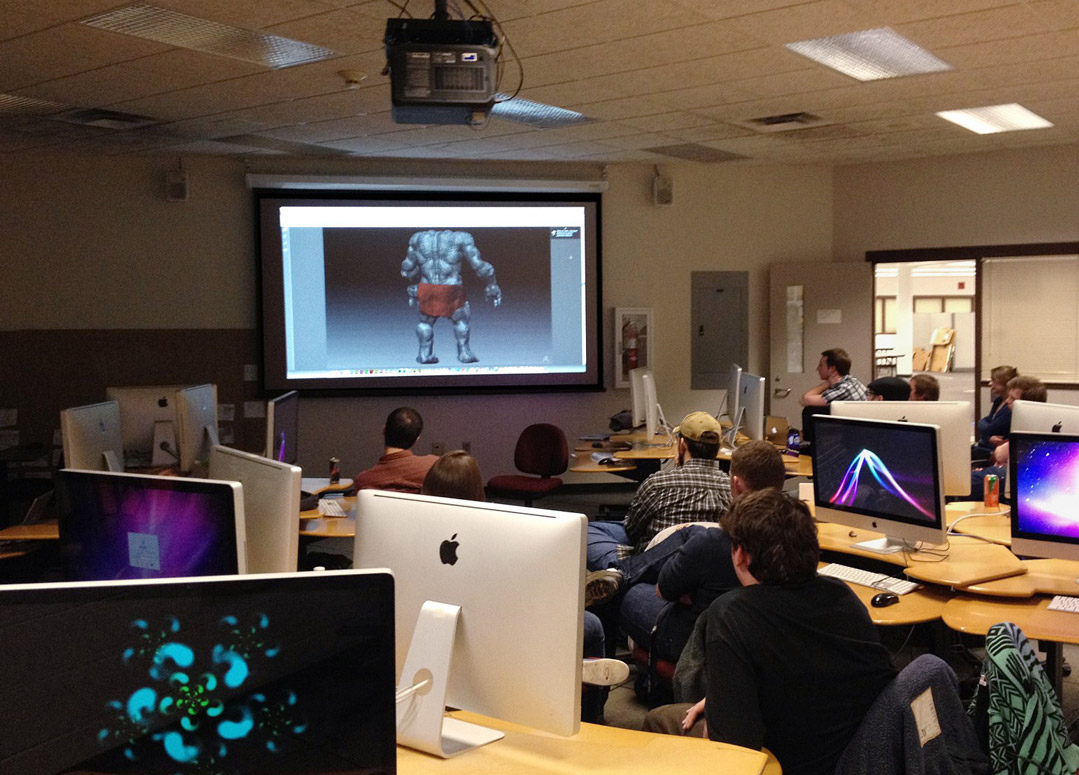
Kevin Pontuti and Dave Beck brought twenty students together from two different classes last spring to explore the convergence of cinema, animation and games. Working in teams the students created an animated short film — or trailer — for Zork, one of the world’s first interactive fiction games.
The original game was created in the late 1970s at the Massachusetts Institute of Technology, and is a text-based RPG. Although the original game didn’t use any graphics (just your imagination) it remains popular and is still available online.
If you get a hankering to play after reading this article, then you can access it here. Pontuti and Beck decided to use Zork as a point of departure for the class project.
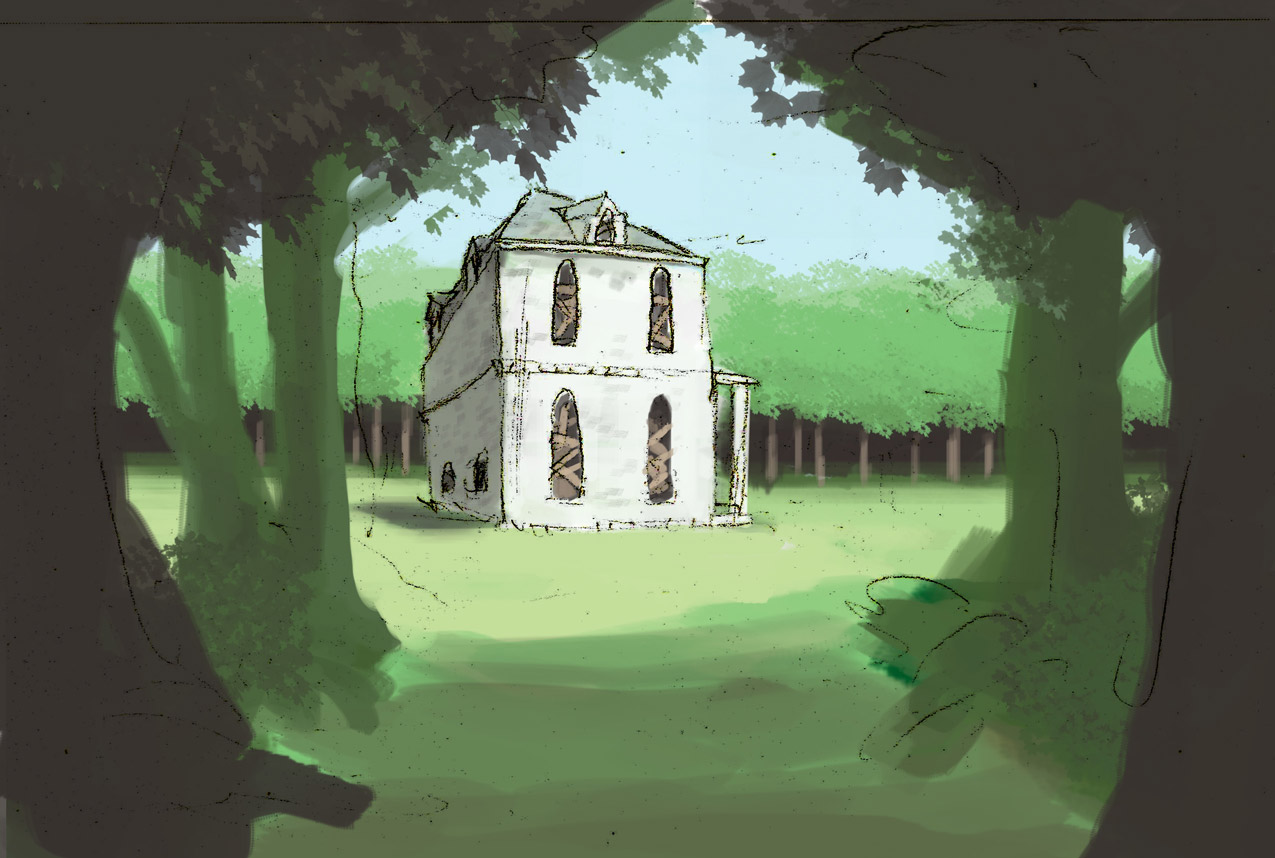
“Next year, 2015, marks the 35th anniversary of Zork so it seemed like a perfect opportunity to celebrate the game,” said Beck, an assistant professor and chair of the design department.
With no imagery, students were forced to create a video interpretations of the game.
The group worked on the project for four months, creating live-action and computer-generated images. The results of which can be seen in all their glory, here.
“Since we were framing the semester around the idea of cinema and game convergence, we decided to craft a project where the teams would create film trailers or hook scenes for a game that was being adapted into a film, or basically a game-inspired short,” said Pontuti, an associate professor and director of the entertainment design undergraduate program.
Students working on the live-action teams used Crystal Cave near Spring Valley as a filming location. Cave owner Eric McMaster donated the cave’s rental time, but students had to wait until spring until the resident bats were finished hibernating.
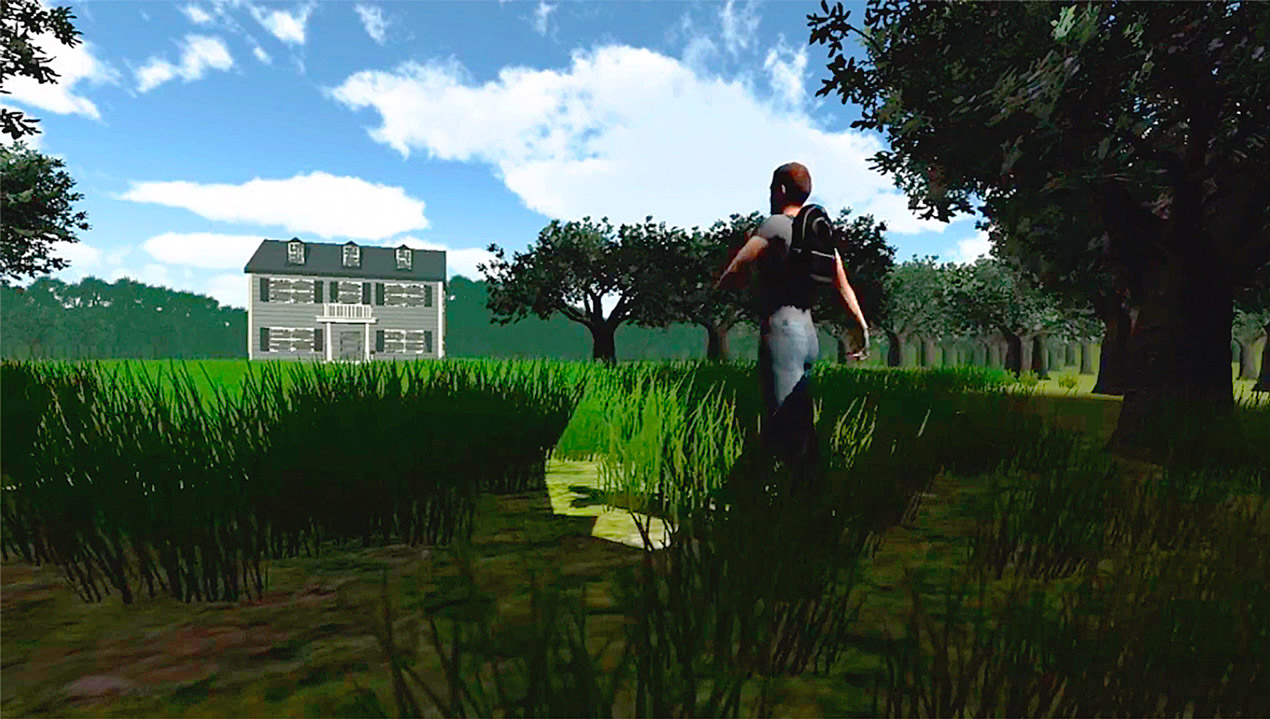
One of the goals of the project was to have students collaborate in a way similar to the entertainment industry approach, with cinema, animation and games converging.
“The idea to team-teach our cinema and 3D animation courses emerged,” Pontuti said. “Students had to adapt to team positions — director, cinematographer, editor, 3D artists, game engine scripter, etc., and learn how to best communicate and time manage these large multistepped projects.”
Another key aspect of the project was industry cooperation. Pontuti and Beck worked with Cinema Suite Inc., which provided use of its soon-to-be-released Cinema Director software. Cinema Suite also provided its motion capture program, Cinema MoCap.
The Cinema Suite allows a production team to previsualize all shots and sequences in a film. Traditional storyboarding has been the primary tool used by directors to help “imagine” their films, whilst working out shot and mise en scene design. However, 3D visualization has gained popularity in recent years and allows an entire film to be viewed in a format that resembles a low-resolution 3D animated movie.
Students used the suite during its beta-testing phase and were able to provide plenty of feedback to the programmers.
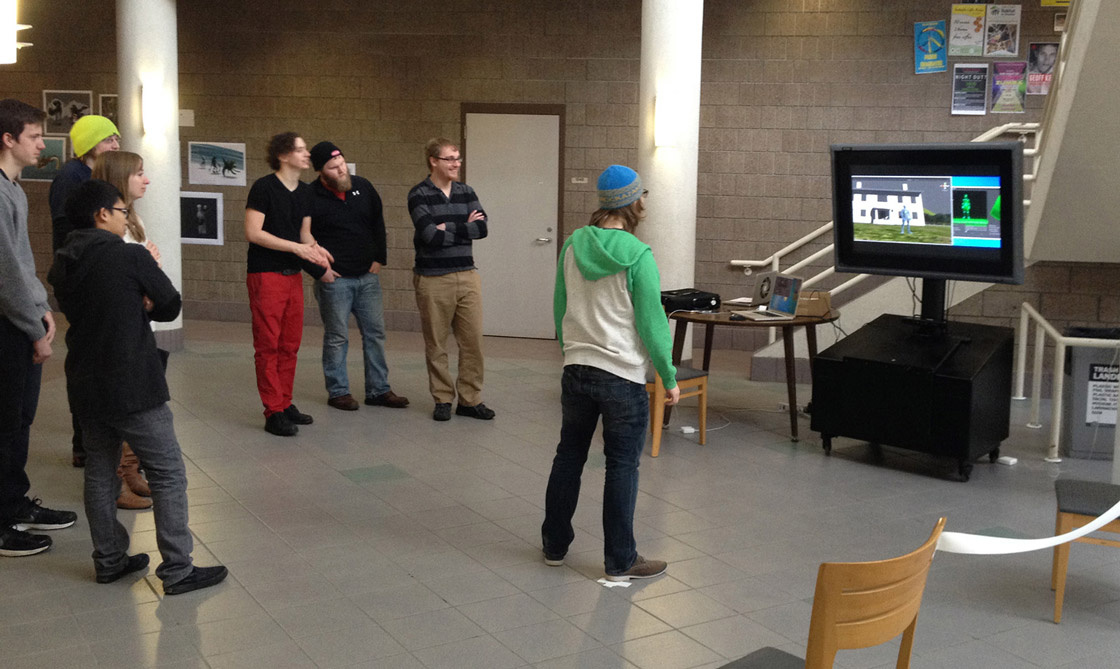
“Our partnership with UW-Stout was critical for the future development of our cinematic tools. This collaborative project gave us in-depth feedback on our products and allowed us to make them even better for the general public,” said Dan Gamsby of Cinema Suite.
Canon also contributed to the project by providing students a C100, for filming in Crystal Cave and for other aspects of the project.
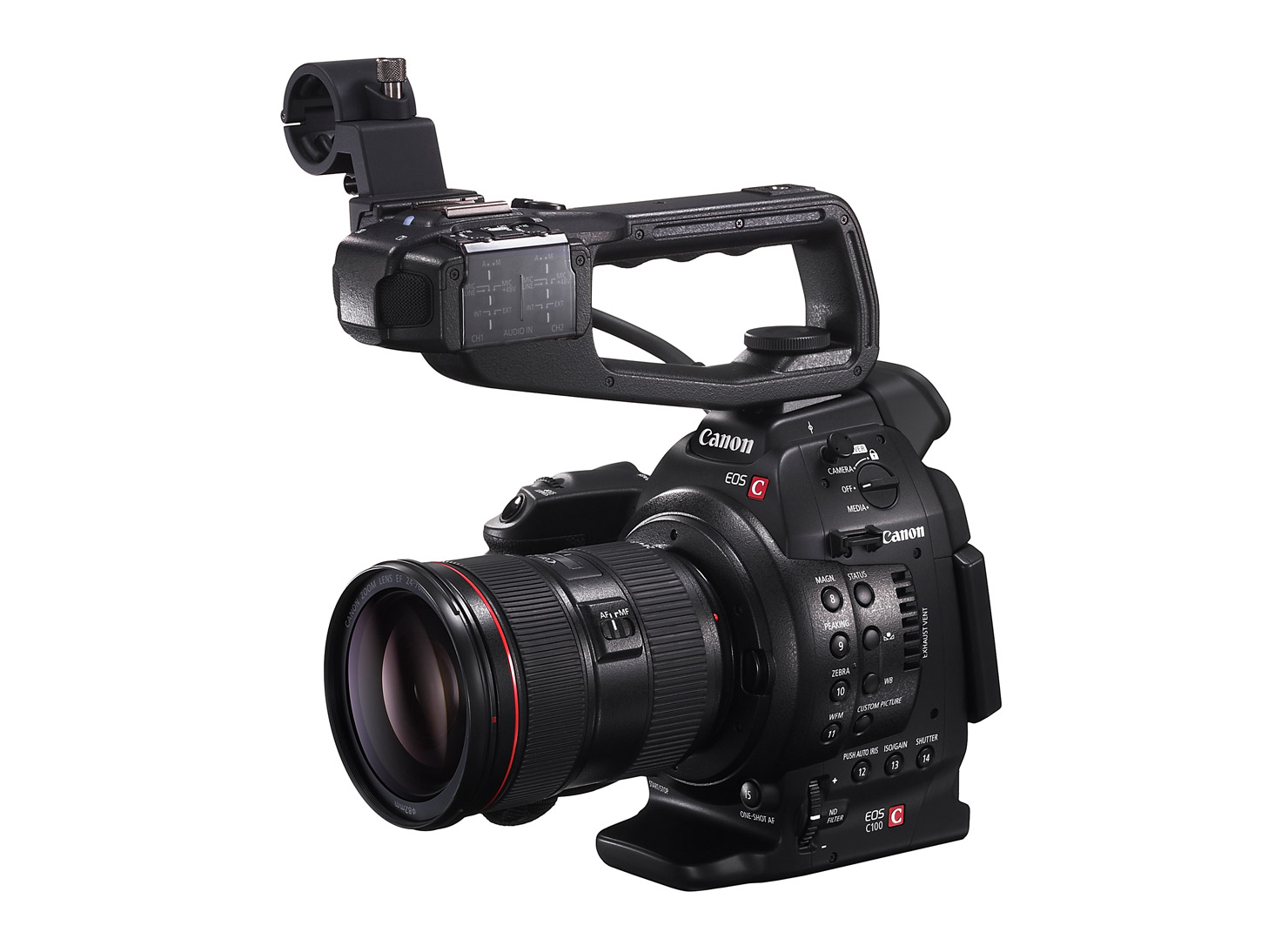
Students also used a UW-Stout high-speed camera, which records 10,000 frames per second, with help from Matthew Kuchta, an associate professor of physics.
We have to say, the students produced some beautiful imagery with this camera, we were impressed with the results. Check out another short by UW-Stout students Jake Popek, Tyler Anderson and Steven Nicksic – ZORK – to see the high-speed cam in action.
The professor’s plan to continue with their cross-course projects in the future. We look forward to seeing more experimental films by future UW-Stout students.
You can check out the documentary video below, or visit their blog: stoutcinemagames.wordpress.com
If you’re interested in taking a course at the UW-Stout School of Art and Design, then you can visit its website: www.uwstout.edu/artdes/

